LucidSound LS40 7.1 Surround Wireless Universal Gaming Headset review
LucidSound crank it up a technological level with LS40 gaming headset, but is it the finished article?
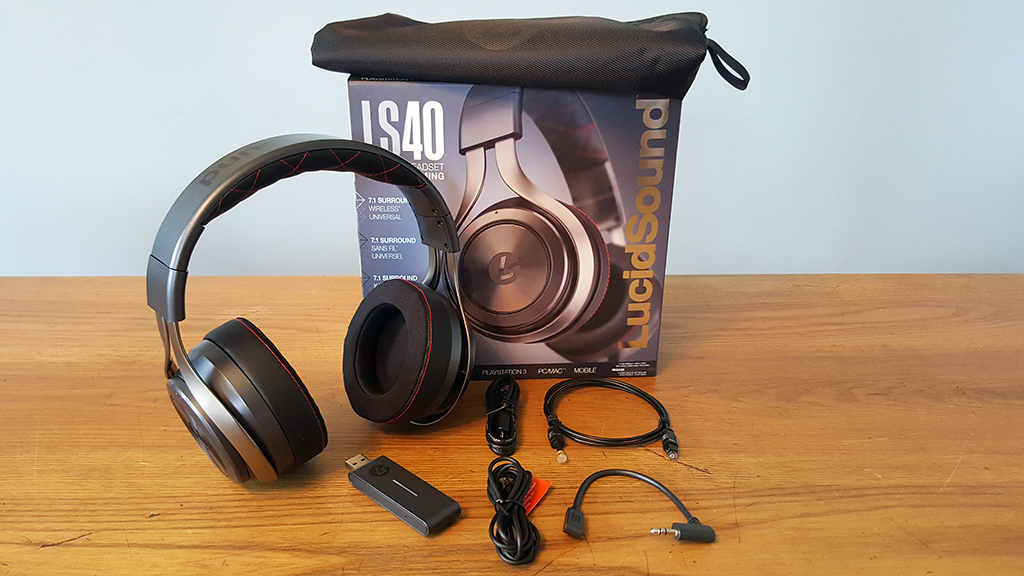
While a few elements of the overall package aren't ideal, the LS40s sound stunning. The headset is a technological accomplishment and worthy LucidSound flagship.
-
+
Excellent audio reproduction
-
+
DTS Headphone:X sound space
-
+
Varied, distinct audio modes
-
+
Mature design
-
+
Solid battery life
-
+
Competitively priced compared to rival flagships
-
-
Ugly ear pads
-
-
Dubious wireless dongle design
-
-
A little chunky
-
-
Wireless LS30s retail for almost half the price
Why you can trust T3

Earlier on in the year we reviewed LucidSound's LS20 gaming headset here at T3 Towers and, long story short, we really liked it.
The LS20s, despite being the newish company's entry-level product, granted excellent audio reproduction for the money, offered super versatility and compatibility - working with PS4, Xbox One, Nintendo Switch, PC, and any other device with a 3.5mm audio jack - as well as delivering a brilliantly fresh, elegant and mature aesthetic which is sorely lacking in most gaming headsets.
Now, four months later, we're back to review LucidSound's flagship LS40 7.1 Surround Wireless Universal Gaming Headset. This system offers technology orders of magnitude more advanced than the LS20s - indeed, to reach the LS40s you first have to pass through LucidSound's LS25 ESports Stereo Gaming Headset, LS30 Wireless Gaming Headset, and the LS35X Wireless Surround Sound Gaming Headset - and, as you would expect, the price is significantly higher.
And, with an increased price point comes an increased level of scrutiny.
By packing top audio tech such as wireless 7.1 surround sound and DTS Headphone:X into the LS40s, LucidSound is clearly gunning for the big players in the gaming headset market, which with the likes of Razer, Astro, HyperX, SteelSeries and Sennheiser firmly entrenched with years of intense competition under their belts, it better be sure that this system is ready to enter the fray.
Are the LS40s ready to run the gauntlet? Can this headset stand toe-to-toe with juggernauts like the Astro Gaming A50 Wireless + Base Station and live?
Read on to find out.
LucidSound LS40 - What you get in the box
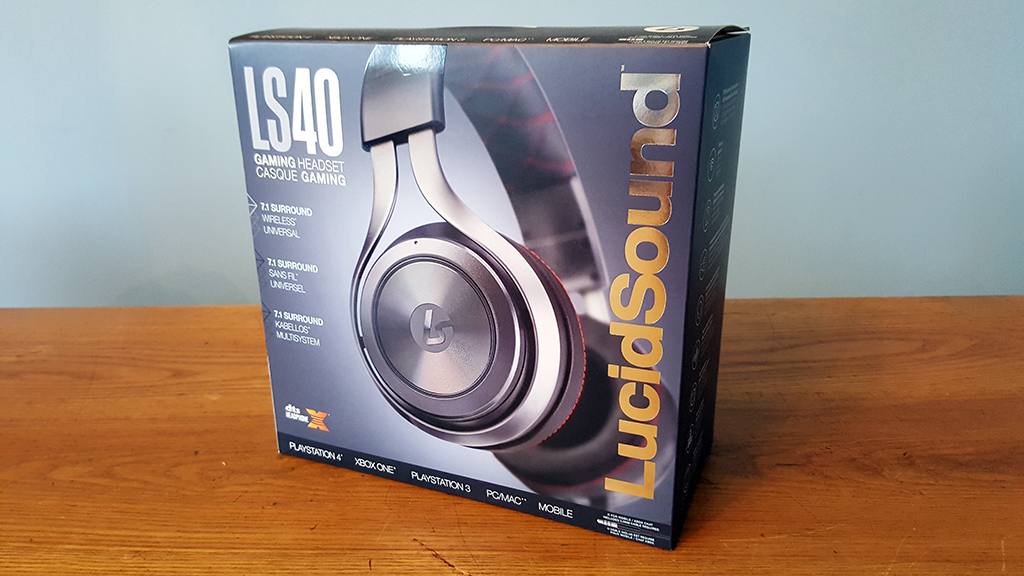
The LucidSound LS40 7.1 Surround Wireless Universal Gaming Headset comes in a compact, top-opening cardboard box detailed with the set and some of its highlight features and specs located on its back and sides. Open the outer box and you're are presented with a flap-opening black interior box with LucidSound's logo emblazoned on the front.
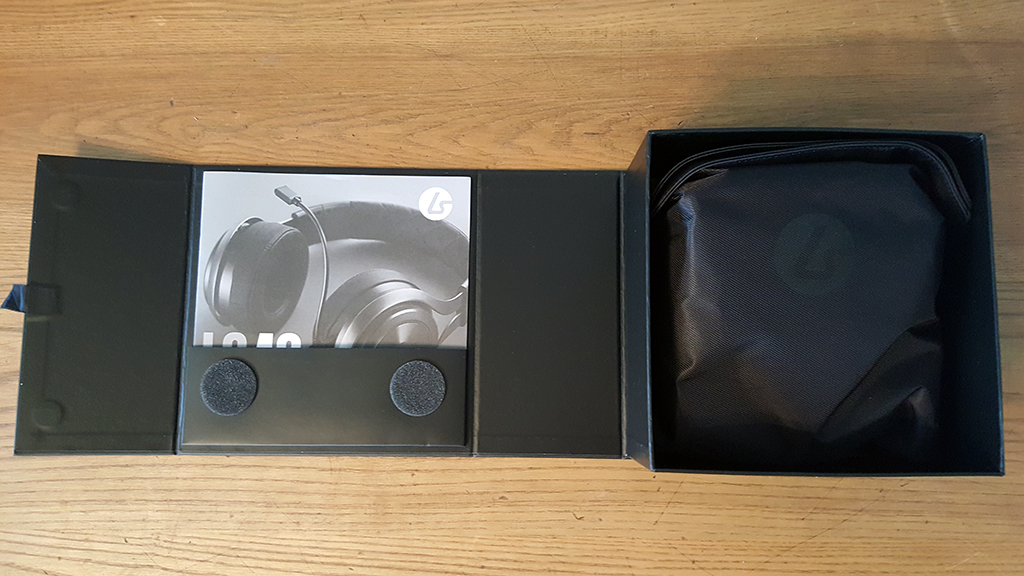
Open that box and you are presented with the headset's instruction manual, which comes stowed in an interior slot, as well as the LS40s black carrying pouch. Open the pouch and you are immediately greeted with the LS40 headphones. Once the headphones are removed access to an interior pocket is made easily accessible, with the headset's various cables, wireless dongle and, naturally, LucidSound-branded sticker found inside.
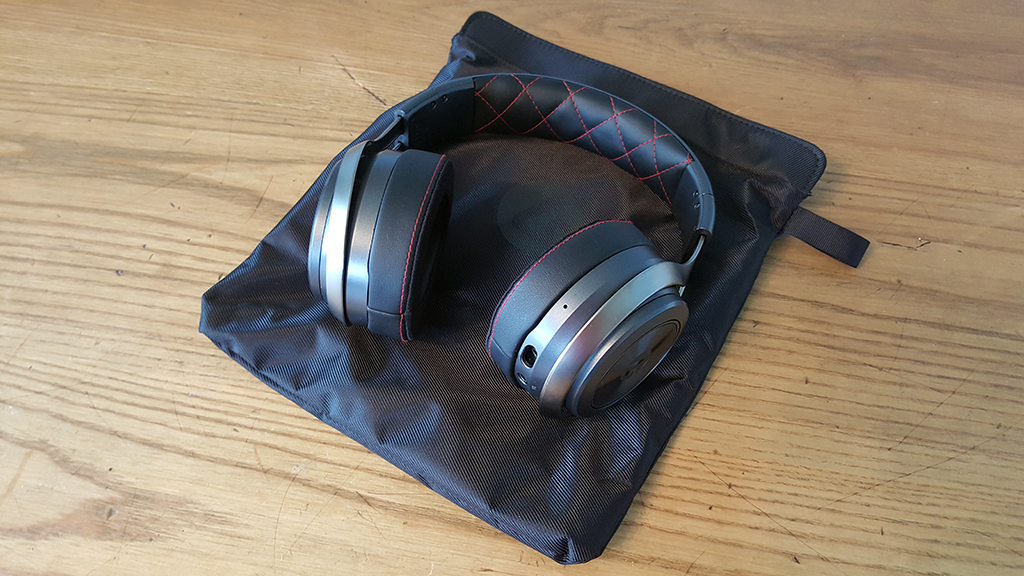
The carrying pouch is made from a synthetic material and comes with a small carrying hook, while the manual has a straight-forward quick-start and setup guide inside in various languages. The LS40s wireless dongle is roughly the size of a large USB stick and also comes with LucidSound's logo printed on the front.
LucidSound LS40 - Build quality and design
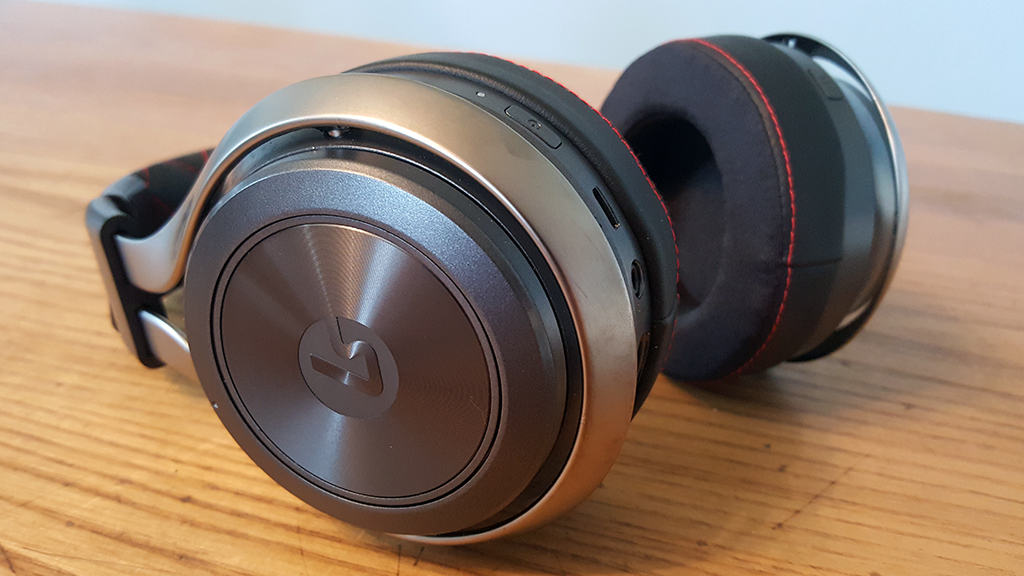
The first thing we noticed when we took a close-up look at the LS40s was that they are equipped with the same type of cheap-looking ear pads that we criticised on the entry-level LS20s. Not only that, but due to the engorged size of the over-ear cans on the LS40s, the ear pads are even larger than before and even more noticeable, with the fabric rumpling in an unattractive manner around the pad stitching. This was disappointing as it immediately knocked some gloss off LucidSound's £180 flagship.
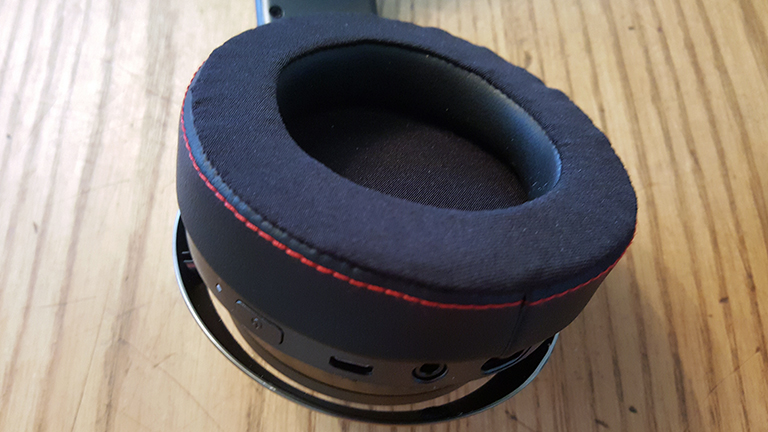
Trying the LS40s on for size assuaged some of this disappointment, as the ear pads were not unpleasant on the ears, however, they were certainly not best-in-class soft or particularly cushioned. Compared to some real leather and soft fabric-padded headphones T3 has worn recently these did not compare favourably.
LucidSound LS40 specs
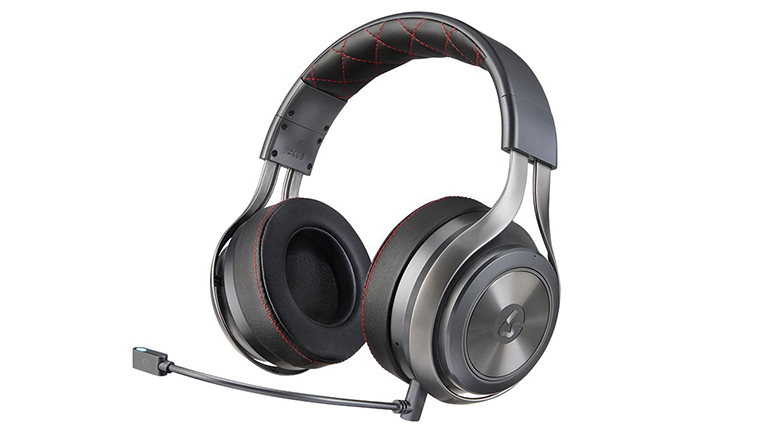
Type: Over-ear
Modes: 5
Compatibility: PS4, PS3, Xbox One, PC/MAC, Mobile
Speaker size: 50mm
Sound space: X 7.1 surround sound
Power output: 70mW (32ohm per channel)
Frequency response: 20 - 20,000 Hz
Characteristic SPL: 97 +/-3dB
Base station inputs: Optical, USB
Headset inputs: 3.5mm analogue, micro USB
Wireless range: 30ft
Battery life: 15 hours
Microphone: Removable boom mic
Weight: 355g / 12.5oz
Next up, we analysed the headband and frame. The LS40s come with the same lush soft leather with cross-stitching headband cushioning that was evident on the LS20s, and it both looks and feels great. The light stitching contrasts really well to the black of the leather and the padding is genuinely substantial enough to cushion the crown and prevent any aching or pain even over the most lengthy play sessions.
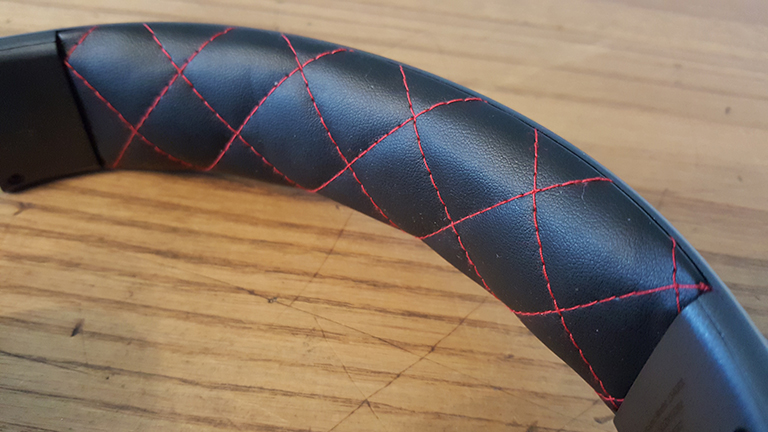
The frame is cool to the touch and finished in a matte, two-tone chrome finish. Each ear cup can be rotated through a pleasingly wide arc, and there is that lovely piston-feel resistance on each, which means that the angle at which each is orientated does not change accidentally when taking the headset on and off, or placing it down on a flat surface between uses.
LucidSound LS40 - Audio reproduction and mic
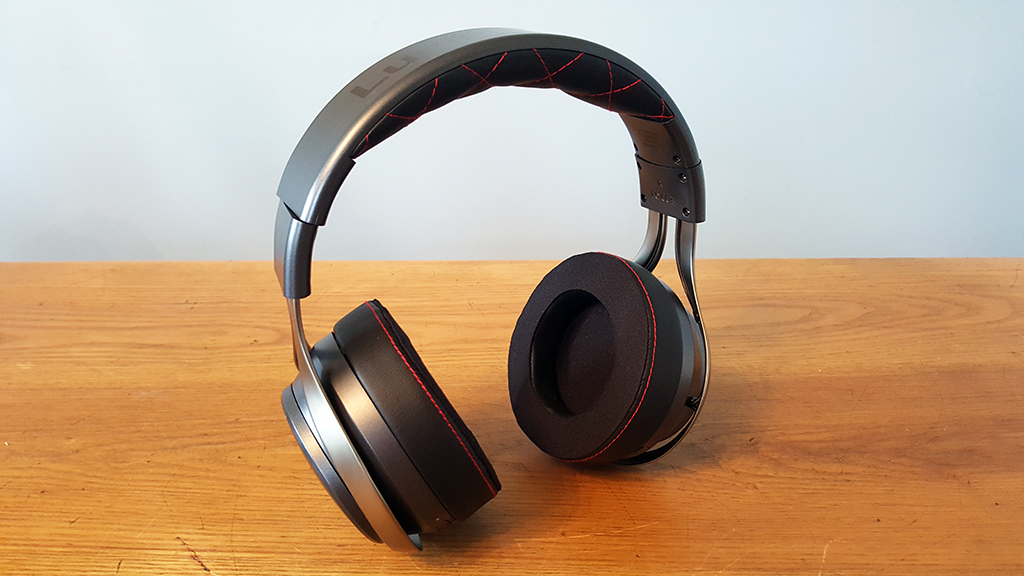
Woah! This is where the LS40s absolutely knocked it out of the park. The audio reproduction in terms of clarity is up there with the best we've heard from a gaming headset and, quite possibly, is the best we've heard. The crispness of sound across the spectrum is stunning and, when mixed with the volumetric audio delivered from the DTS Headphone:X, 7.1 surround sound, it really does make in-game audio come alive.
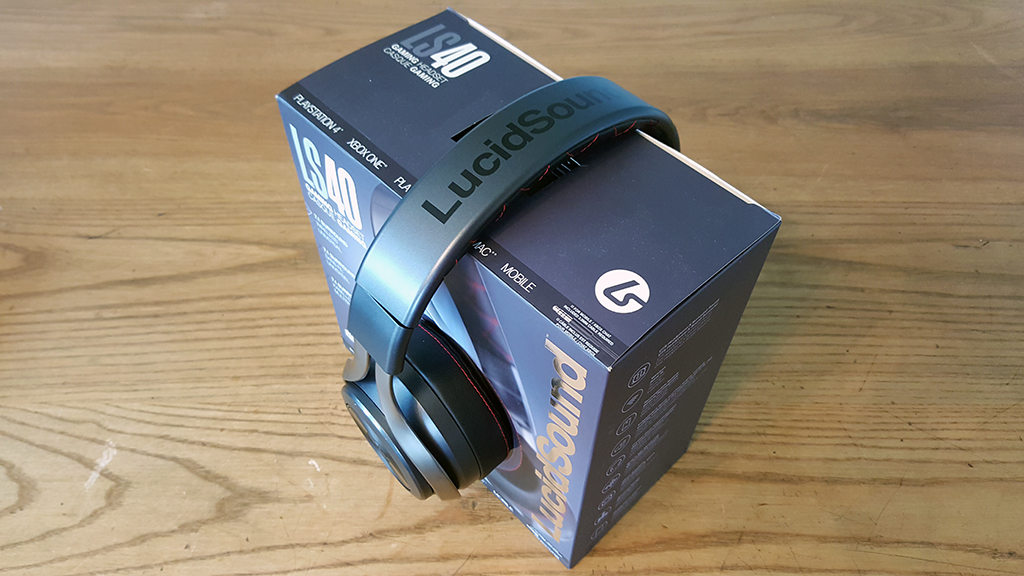
But let's get into specifics, as that is where the real mettle of any gaming headset is proven. Naturally, we tested a bunch of games to see how the LS40s performed, including Hatsune Miku: Project Diva X, Gravity Rush 2, Titanfall 2, Final Fantasy XV, The Witcher 3: Wild Hunt and Hitman, among others. Here are some thoughts on a selection of these titles.

S-ranking "Satisfaction" on Hatsune Miku: Project Diva X was just a fabulous experience when wearing the LS40s. The dance-pop stylings of the virtual sing star were incredibly immediate and fantastically explosive in the ear, with the razzle-dazzle of the performance taken to a higher level thanks to the LS40's quality. The synthesised anthem was vivid in a way we hadn't heard before - even when testing out the market-leading Astro A50s.

Playing the "Marrakesh" assignment in Hitman was next up in our suite of test games, which we chose as its incredibly busy and hectic market environment would be perfect for testing out both the LS40's ability to position sound sources correctly and also differentiate them in a loud, chaotic setting.
The result was superb. Not only were the cries of the numerous market sellers, guards and civilians placed accurately in the sound space generated by the LS40s, but details that we had never heard before rose to the surface. Background music from radios, mechanical buzzes and bings from machinery, and throwaway noises such as coughs, footsteps and more were all incredibly clear to our ears, really imbuing the world with a realism we hadn't heard before. Naturally, when the guns came out, the LS40s handled their booming shots with aplomb.

The Witcher 3: Wild Hunt was next on our list, as we wanted to see how the LS40s would deal with a wide-open and wild game environment. Part of what makes The Witcher 3 such a great title is its super immersive environment that has a brilliant attention to small details. Could the LS40s accurately deliver that from an audio point of view?
The simple answer is yes, yes it could. Listening to the wind rustle through the trees as we stalked our foe, the sound of a deer on the edge of our hearing, the faint metallic drag as our sword is unsheathed, the rush of the chase and sound of conflict all were made increasingly real wearing the LS40s. Cities were brought to life more too, with the music of taverns bleeding out into the streets and the passing mumblings of drunkards hitting our ears with a delicate sophistication. Geralt's wonderfully gravely voice was even more delicious to listen to as well.
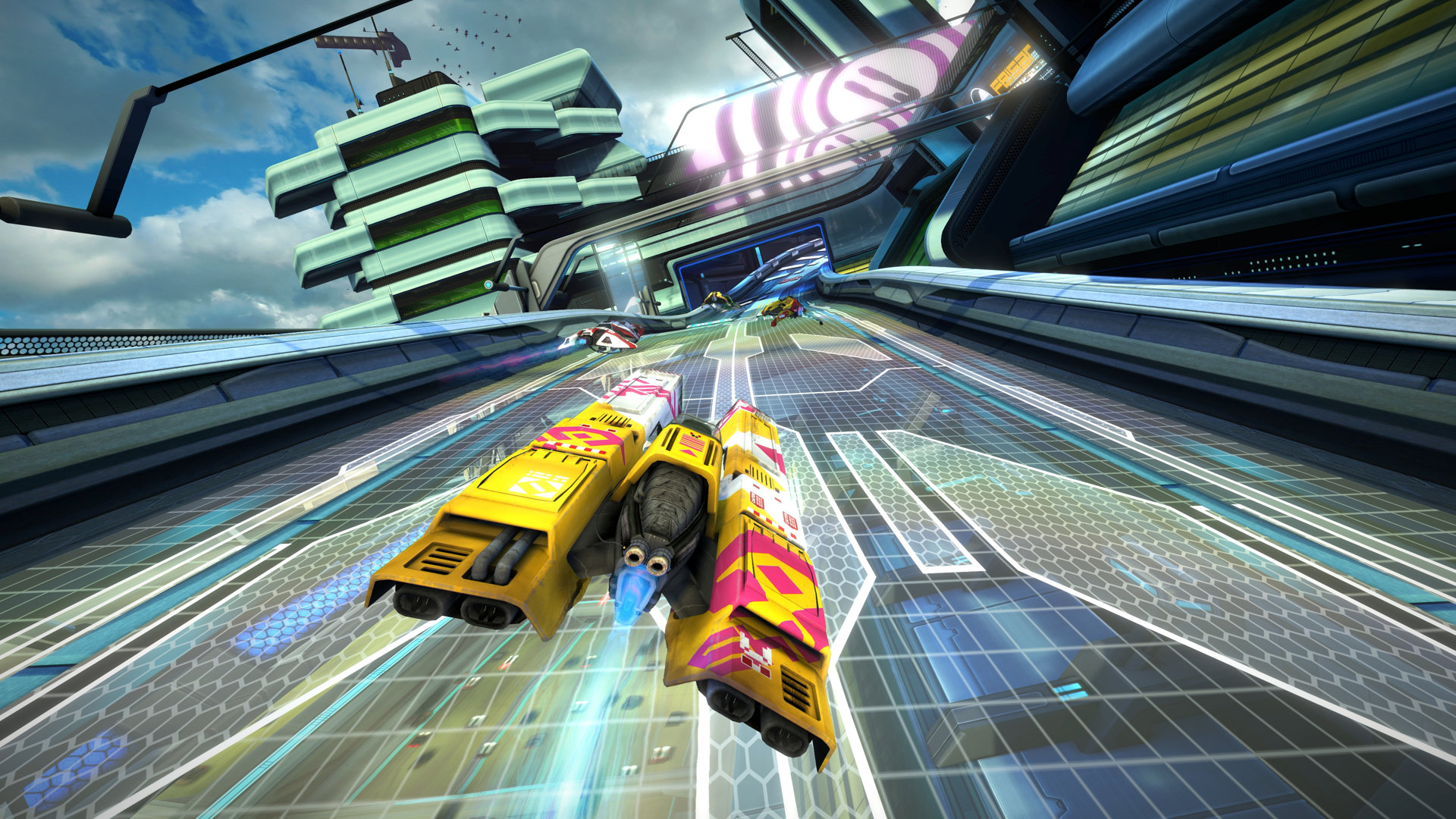
Finally, we put on the futuristic racer Wipeout, which in the new Omega Collection is just brutally slick and playable. The dub step-heavy, trance-tastic soundtrack in partnership with the engine wail of the blisteringly fast ships would also really put the LS40s through the ringer. Again, the LS40s performed admirably, with an incredibly aggressive and immediate audio delivery that blew us away when we first hit the track. The intensity was white hot.
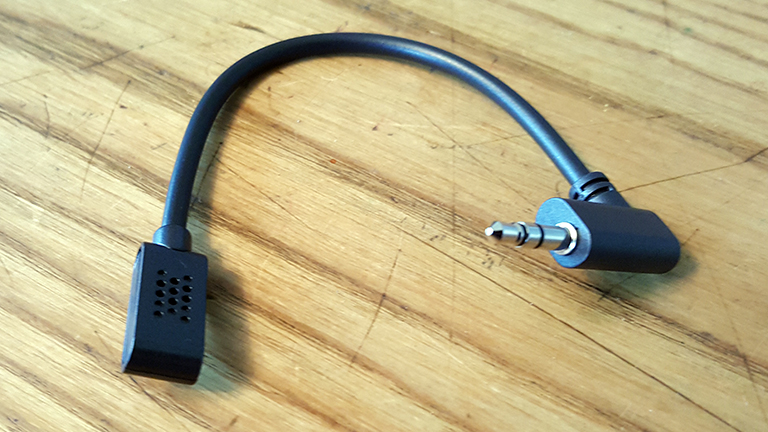
The LS40s have dual mics with mic monitoring. The boom mic is detachable though, meaning that if you want to wear the LS40s merely as a pair of headphones rather than a gaming headset, you can do so with ease. Not that you would really need it out of the house as the integrated mic is capable of being used for calls. The boom mic isn't best in class but is good and grants distortion free communication.
LucidSound LS40 - Connectivity and features
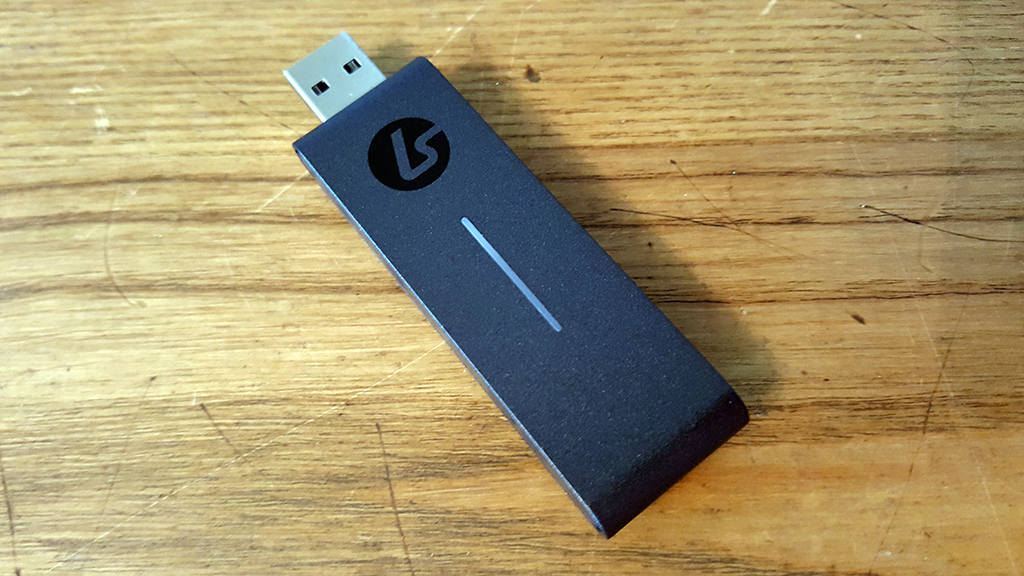
When we read the word "Base Station" in the LS40s specifications we immediately thought of the rectangular, multi-ported, headphone-docking plinth shipped with the Astro A50s. In reality the LS40's base station is just a wireless USB receiver with a solitary optical in port. Into this port you plug the bundled optical cable, which in turn plugs into the digital optical port of your system, which in T3's case was a PS4 Pro.
Unfortunately, this is where we came across the one main issue we had when reviewing the LS40s. The problem came when attempting to plug the wireless USB dongle into the system with the optical cable plugged in, which connects via the side of the dongle. This means that the rigid sheath at the end of the cable protrudes outwards from the dongle for about an inch. That means that with our PS4 Pro in its regular, vertical position, we couldn't plug the dongle in the rear USB port because the Ethernet cable blocked the cable sheath, thereby preventing the USB connection to be made, and we couldn't plug it in the top-most port at the front if anything was in the lower port, again because a clash would happen, nor the bottom port, as then the sheath would connect with the surface the Pro was sitting on (see below picture).
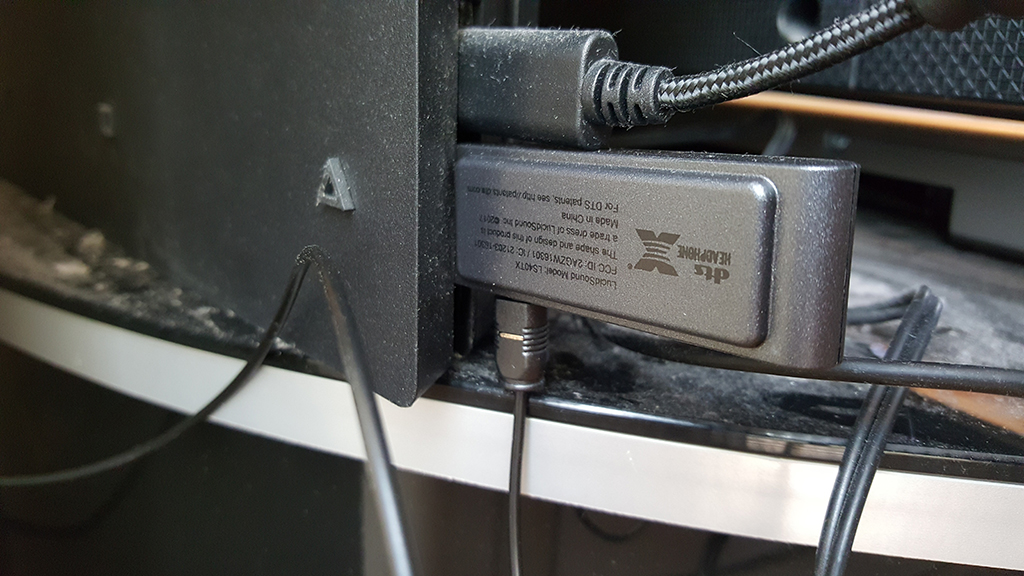
Now look, not everyone is going to have their PS4 Pro plugged in via Ethernet cable, preferring instead to make use of the system's Wi-Fi functionality, a fact that would leave the rear USB port free from obstruction. However, we always prefer a hardwired connection here at T3 Towers for enhanced speed and stability. Equally, not everyone is going to have their PS4 Pro positioned vertically, however, switching it onto its side only really solves the frontal issue in terms of the lower USB port becoming free.
In the end we managed to plug the dongle in by moving the PS4 Pro's front edge just slightly off the TV stand it was positioned on (there was no space for us to position horizontally), thereby allowing the cable sheath to protrude downwards off the edge, however, it just seemed to highlight that the design choice to locate the dongle's port on the side was not optimal. Why not just have the port on the end of dongle, thereby removing the need for clearance?
Obviously, this isn't a deal breaker but it is definitely something to consider, especially if you have the PS4 Slim as that system only has two USB ports on the front, with no rear option available.
LucidSound LS40 - Verdict
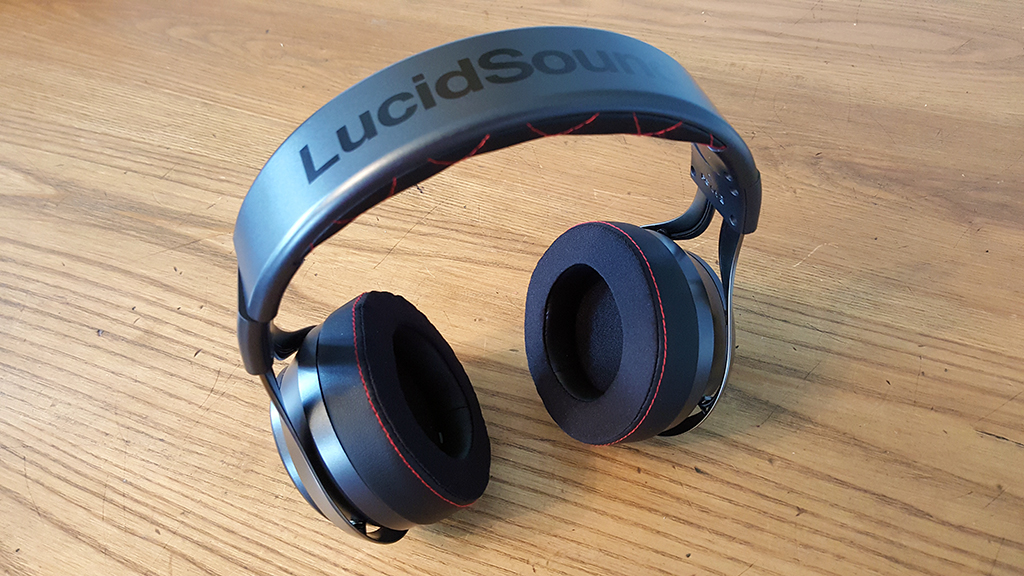
The LucidSound LS40s, in terms of sound quality, are absolutely top rate and match or exceed every other gaming headset on the market. The volumetric DTS Headphone:X sound space is fantastic and genuinely adds a level of immersion that you just don't get in LucidSound's lower-range offerings.
The crispness and balance of game audio is excellent across the sound modes too, making the LS40s a genuine option for a wide-variety of applications, both in front of a console or not. Setting up the headset up is also straightforward in terms of enabling the headset and surround sound in the console's menu system.
The price too is very competitive in comparison to other big-name makers, with rivals' headsets such as the Razer Man O' War, Astro A50, and SteelSteries Siberia 840 costing up to over £100 more than the LS40s.
However, there are just a few aspects of the LS40 package that let it down slightly and here, at the top end of the market, that becomes more noticeable. The wireless "Base Station" dongle has a functional but questionable design; the ear pads don't look or feel great; the wireless range is just OK; while some of the streamlined elegance displayed in the LS20s is also lost in the engorged over-ear design. There's simply a small level of premium that is missing from the overall package in our opinion - whether or not you feel the same and if that affects your purchase only you can decide.
Also, unless you absolutely have to have 7.1 and DTS Headphone:X, then you'll probably be better off plumping for, say, the LucidSound LS30s instead.
From strictly an audio point of view though, the LS40s are absolutely superb and arguably deliver the most bang for your buck at the top end of the gaming headset market.
Extended image gallery
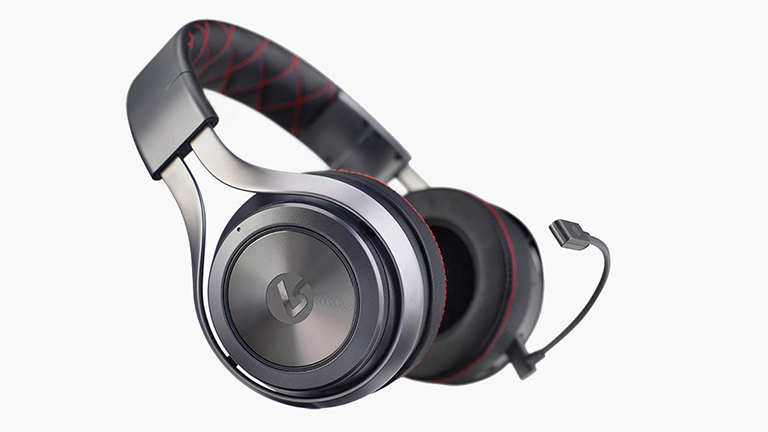
LucidSound LS40
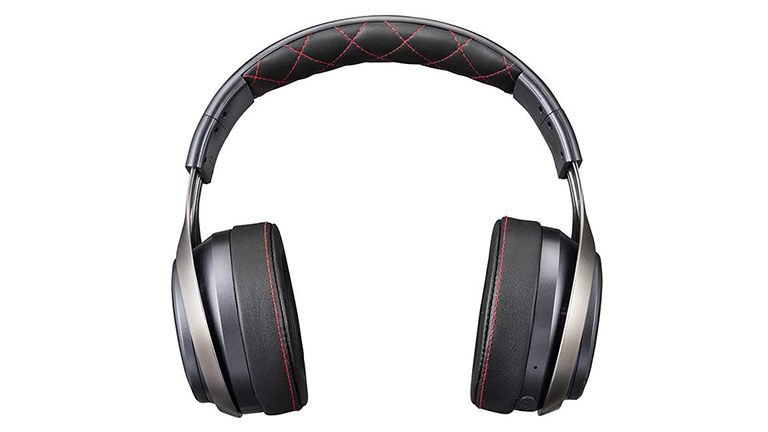
LucidSound LS40
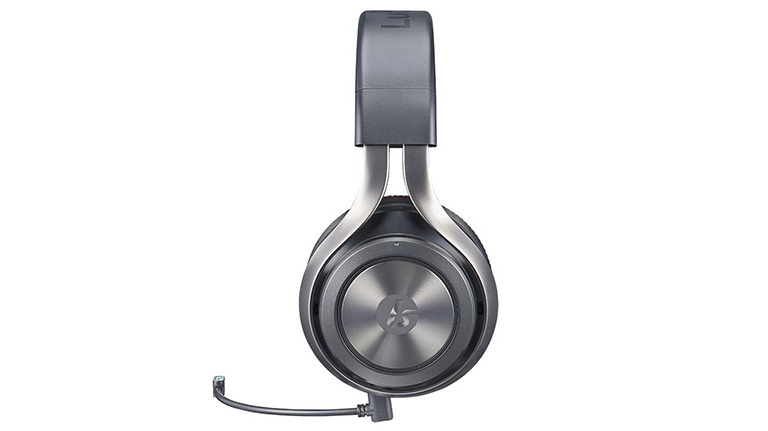
LucidSound LS40
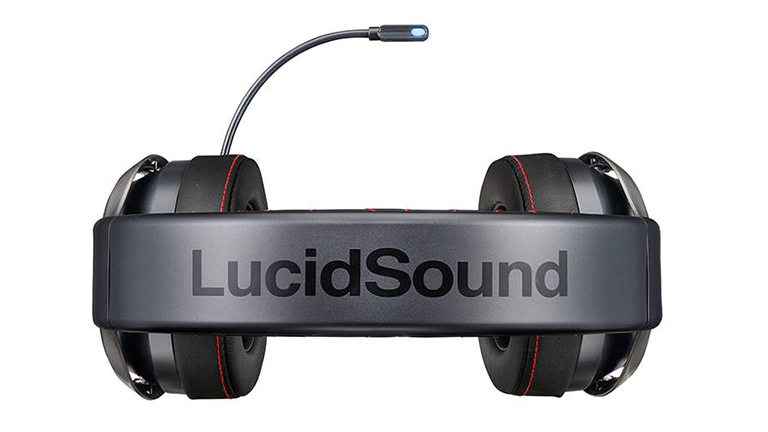
LucidSound LS40
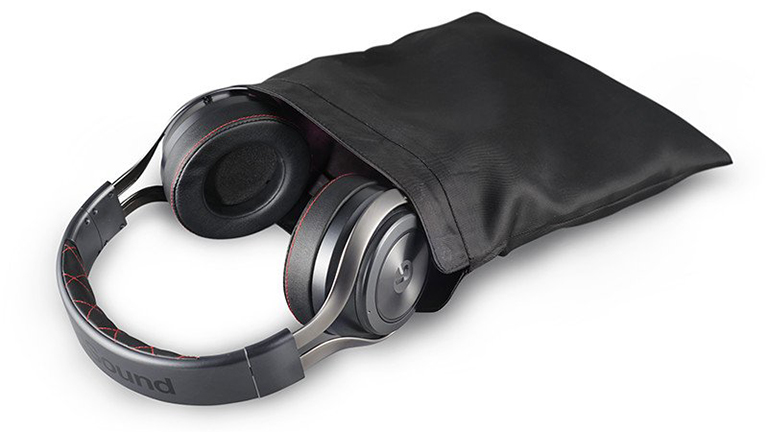
LucidSound LS40

LucidSound LS40
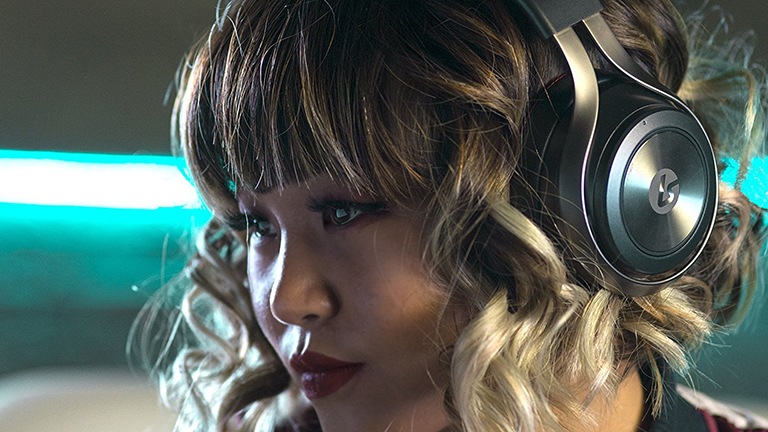
LucidSound LS40

LucidSound LS40
Sign up to the T3 newsletter for smarter living straight to your inbox
Get all the latest news, reviews, deals and buying guides on gorgeous tech, home and active products from the T3 experts
Rob has been writing about computing, gaming, mobile, home entertainment technology, toys (specifically Lego and board games), smart home and more for over 15 years. As the editor of PC Gamer, and former Deputy Editor for T3.com, you can find Rob's work in magazines, bookazines and online, as well as on podcasts and videos, too. Outside of his work Rob is passionate about motorbikes, skiing/snowboarding and team sports, with football and cricket his two favourites.
-
 New Casio G-Shock is half sci-fi nightmare, half Y2K chic
New Casio G-Shock is half sci-fi nightmare, half Y2K chicI hate how much I love this
By Sam Cross Published
-
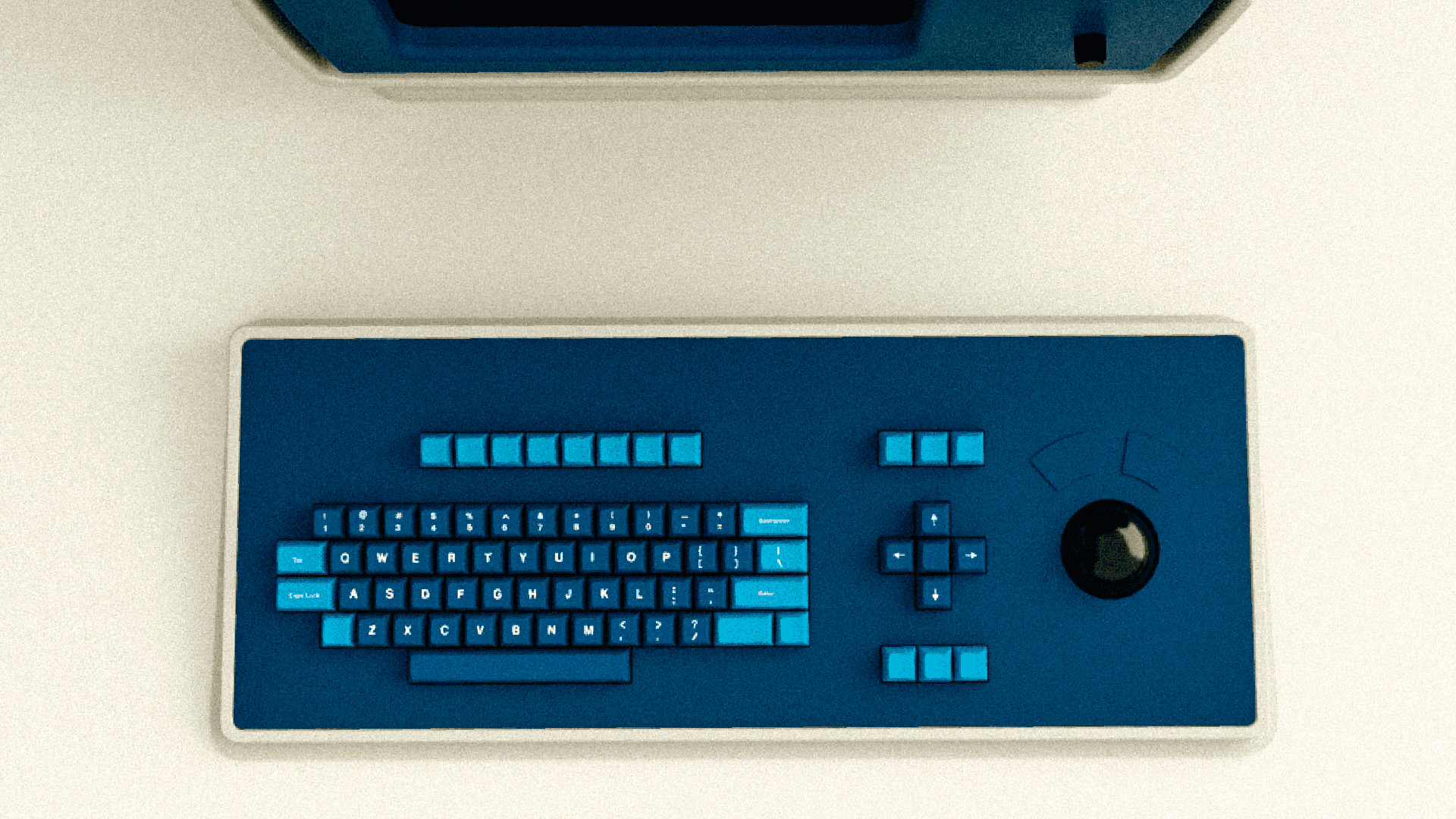 Apple's Severance computer may have been a joke, but the keyboard is coming for real
Apple's Severance computer may have been a joke, but the keyboard is coming for realTell us where we can sign up!
By Britta O'Boyle Published
-
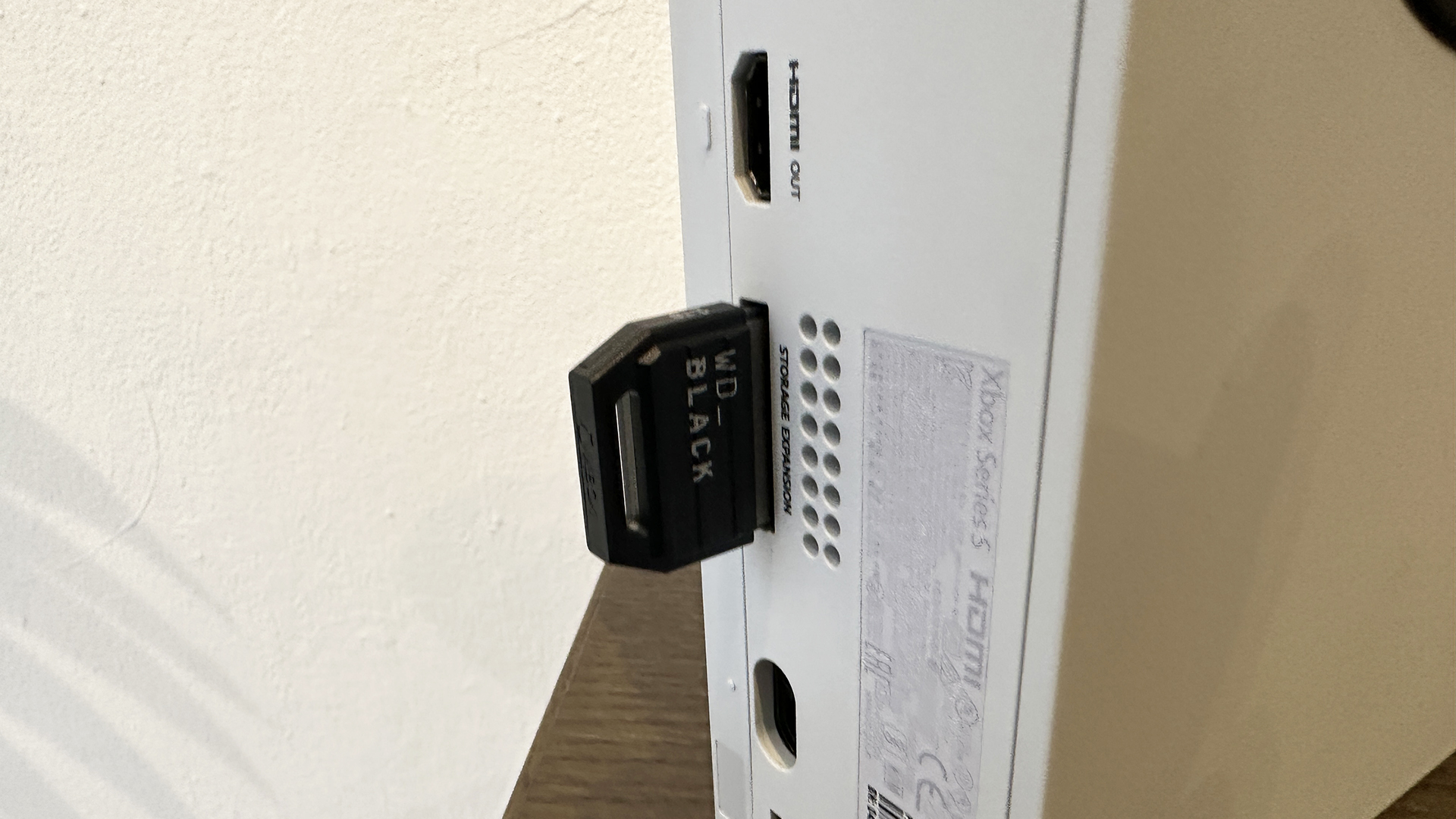 Xbox Series X/S storage space problems solved by a sneaky Xbox Game Pass update
Xbox Series X/S storage space problems solved by a sneaky Xbox Game Pass updateYou may never have to buy external storage again
By Rik Henderson Published